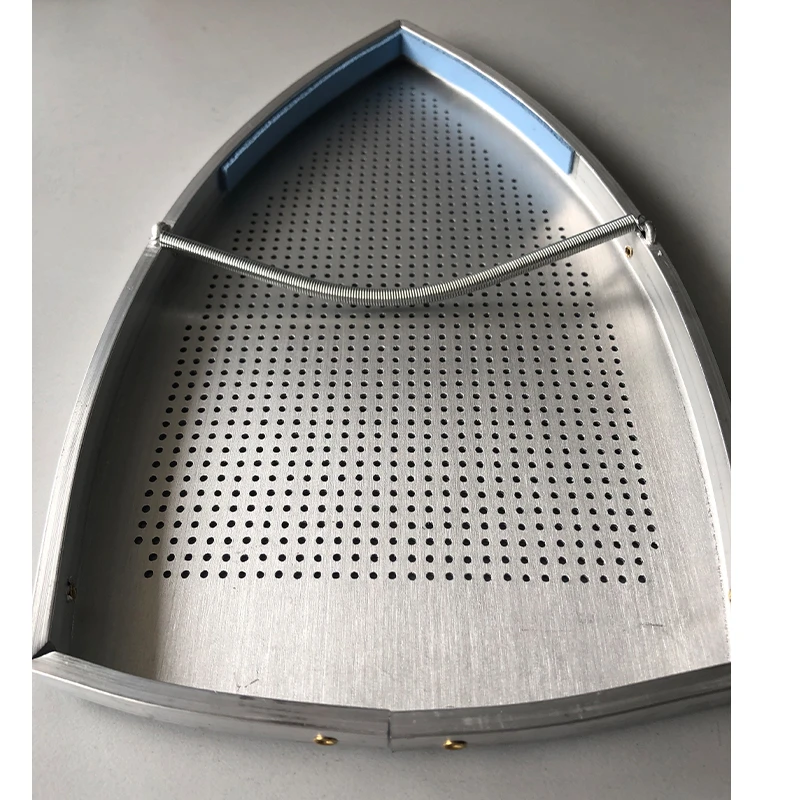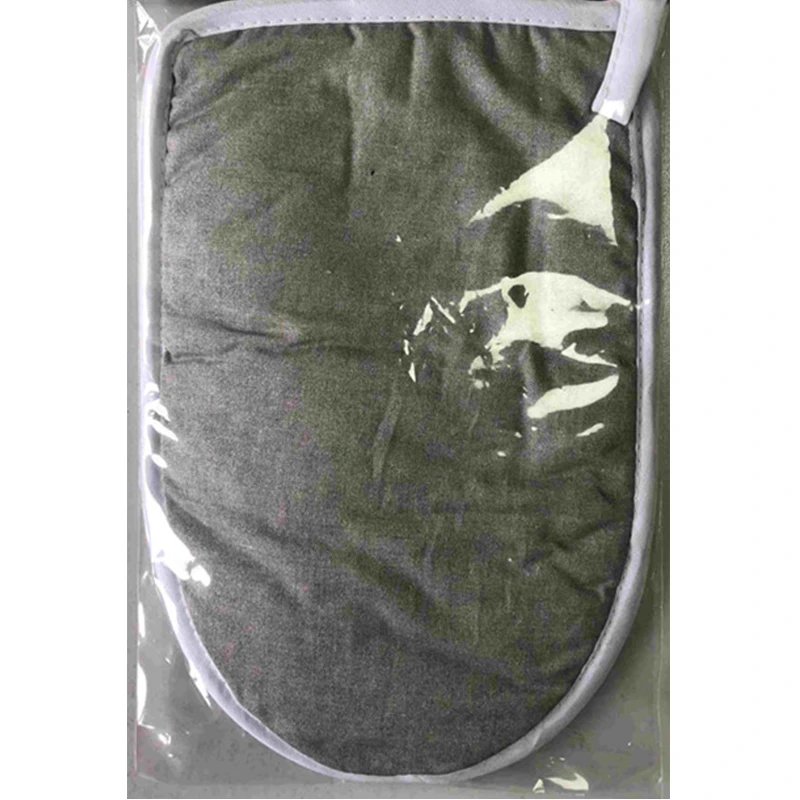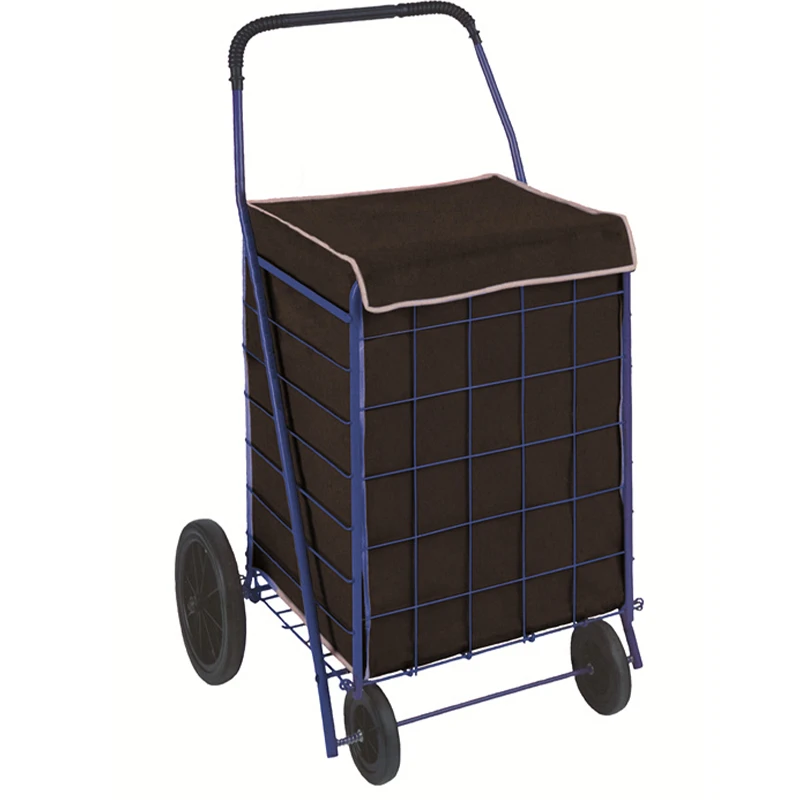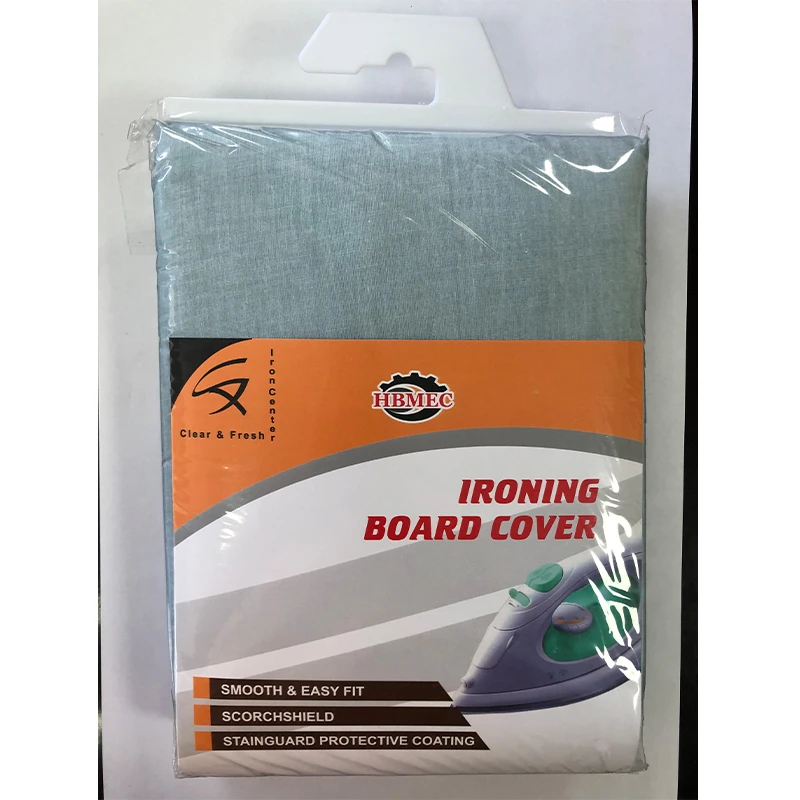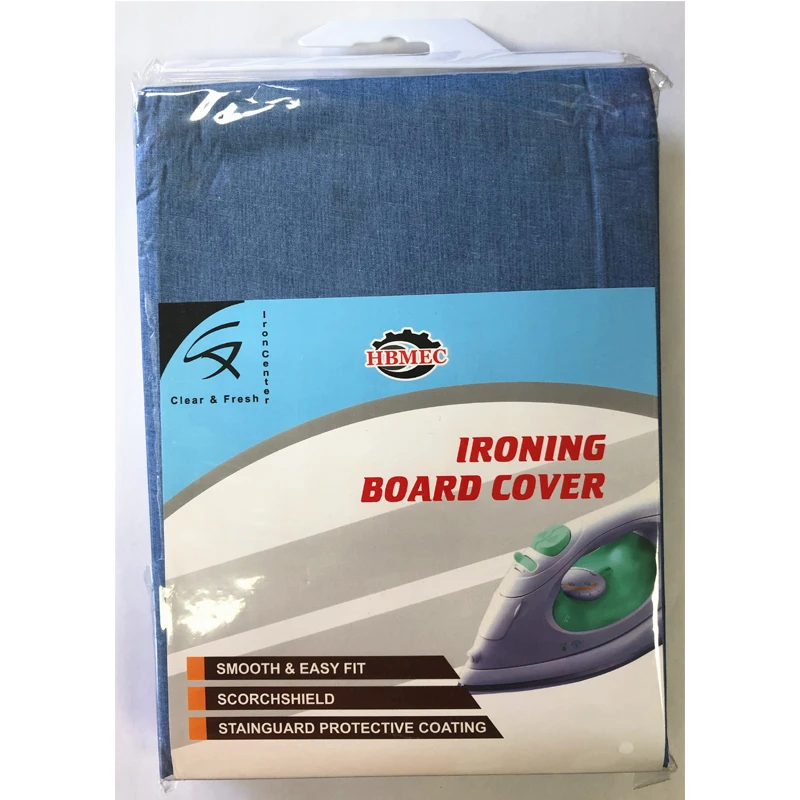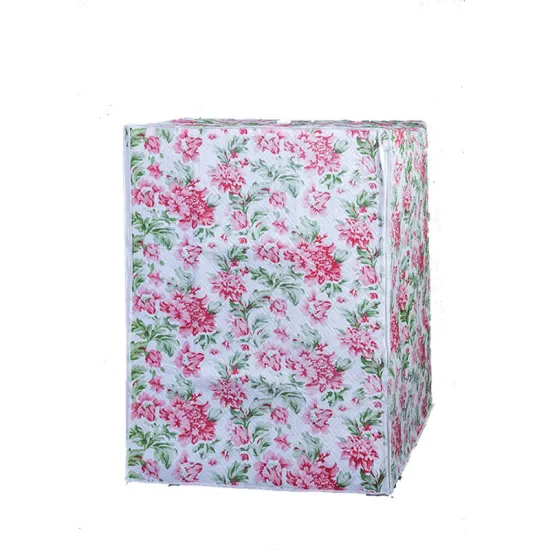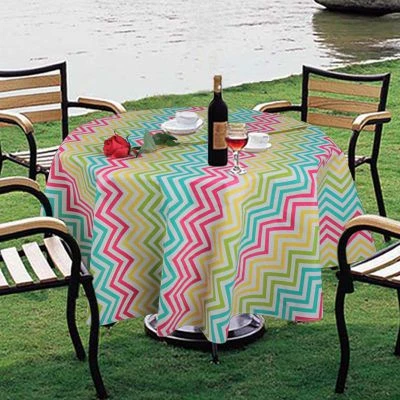How a High-Quality Ironing Board Cover Saves Time and Energy
Ironing can be a time-consuming and tedious task, but the right tools can significantly improve the process. A high-quality ironing board cover plays a pivotal role in making this household chore quicker and more efficient. By enhancing performance, reducing energy consumption, and protecting garments, a superior cover can transform your ironing experience.
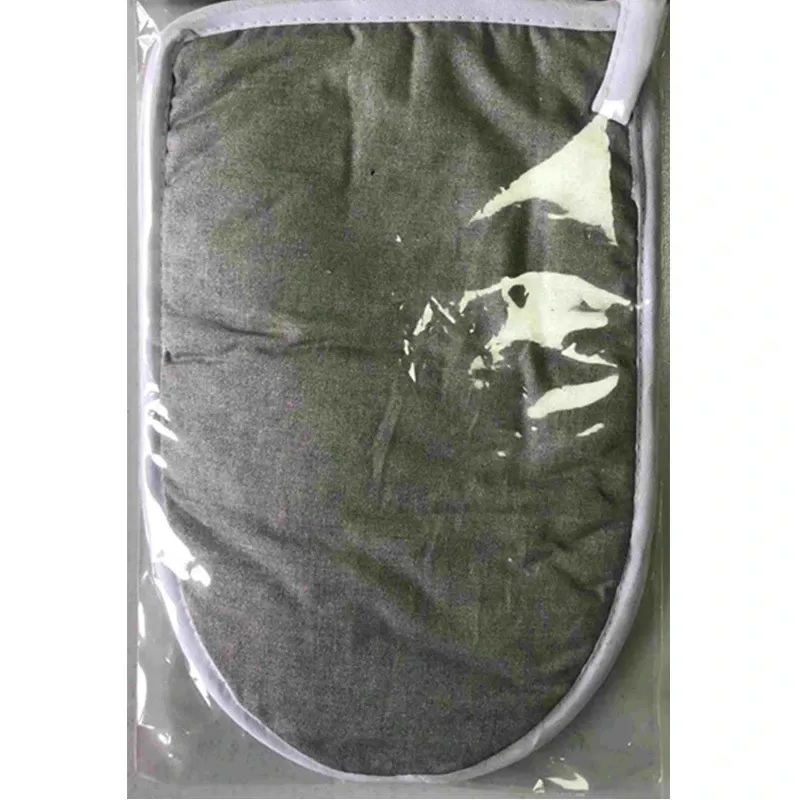
Optimized Heat Distribution About Ironing Board Cover
One of the primary benefits of a high-quality wide ironing board cover is its ability to distribute heat evenly. Covers made from materials like silicone-coated cotton or heat-reflective fabrics ensure that heat from the iron is utilized efficiently. This uniform heat transfer allows for quicker wrinkle removal, eliminating the need to repeatedly pass over the same area.
A well-designed cover also prevents hot spots, reducing the risk of burning fabrics. The enhanced heat reflection can cut ironing time in half, saving energy and effort in the long run.
Improved Efficiency with Steam Irons About Ironing Board Cover
Steam irons are popular for their ability to tackle stubborn wrinkles, but they require the right surface to function effectively. High-quality covers often include steam-permeable layers that absorb moisture while maintaining a smooth surface. This feature ensures that steam penetrates fabrics evenly, softening creases and making them easier to remove.
Some advanced covers include water-resistant or anti-drip coatings, which prevent moisture from soaking into the padding or board. This not only prolongs the life of the cover but also keeps your ironing setup clean and dry.
Enhanced Durability for Consistent Performance With Ironing Board Cover
Durability is a hallmark of a high-quality teflon ironing board cover. Cheaper covers may wear out quickly, leading to uneven surfaces or tears that hinder performance. A robust cover made from premium materials retains its shape and functionality over time, providing consistent results with every use.
Thick padding is another feature that improves durability while enhancing efficiency. Proper padding ensures a smooth ironing surface, preventing impressions from the board’s grid and allowing the iron to glide effortlessly. This reduces strain and makes the task less labor-intensive.
Energy Savings Through Better Design About Ironing Board Cover
Using a high-quality ironing board cover can lead to noticeable energy savings. By reflecting heat effectively, these covers reduce the amount of time the iron needs to stay on. Less time spent ironing means lower electricity consumption, which is both cost-effective and environmentally friendly.
Heat-retentive materials amplify the efficiency of the iron, enabling it to work at lower settings without compromising performance. This not only saves energy but also protects delicate fabrics that could be damaged by high temperatures.
Protection for Garments About Ironing Board Cover
A high-quality cover does more than just streamline ironing—it also safeguards your clothing. Heat-resistant materials prevent scorching and discoloration, especially for delicate or synthetic fabrics. Smooth surfaces eliminate the risk of snagging, which is common with poorly made covers.
Some covers feature non-stick coatings that allow the iron to glide effortlessly, reducing friction and wear on fabrics. By preserving the quality and appearance of your clothes, these covers extend their lifespan and reduce the need for replacements, ultimately saving money and resources.
Ergonomic Features for Convenience About Ironing Board Cover
High-quality ironing board covers often include features designed to enhance user convenience. Elastic edges, adjustable fasteners, and straps ensure a snug fit, preventing the cover from slipping during use. This stability allows for smoother, more efficient movements, reducing the time and energy required to iron large or complex items.
Some covers are designed with additional padding in key areas, such as the tip of the board, where precision ironing is often needed. These ergonomic touches improve comfort and make the task less strenuous.
Long-Term Cost Savings With Ironing Board Cover
While high-quality ironing board covers may have a higher upfront cost, their durability and performance lead to significant savings over time. By reducing ironing time and energy consumption, they lower utility bills and prolong the lifespan of your ironing equipment. Their protective features also minimize wear and tear on garments, reducing the need for professional pressing or frequent replacements.
-
Shopping Cart Liners A Professional GuideNewsJul.31,2025
-
Professional Heat Glove for Hair Styling EssentialsNewsJul.31,2025
-
Key Aspects of Ironing Board CoversNewsJul.31,2025
-
Innovations in Iron Shoes for Enhanced Fabric CareNewsJul.31,2025
-
Elevating Laundry Rooms with Washing Machine Hider SolutionsNewsJul.31,2025
-
Choosing the Right Cover for Dining TableNewsJul.31,2025
-
The Future of Footwear: Self-Cleaning Teflon Iron ShoesNewsJul.04,2025


